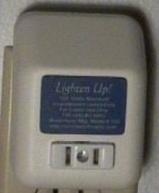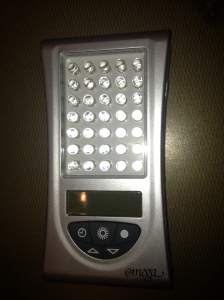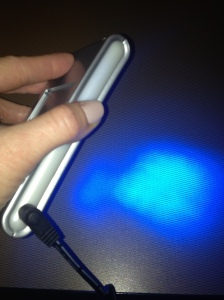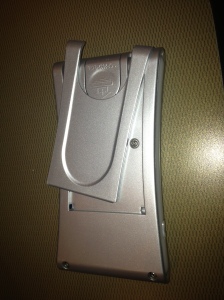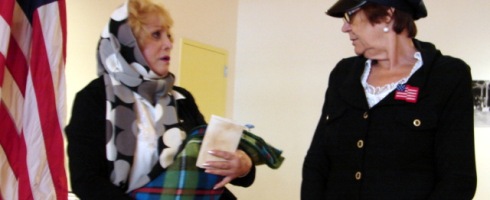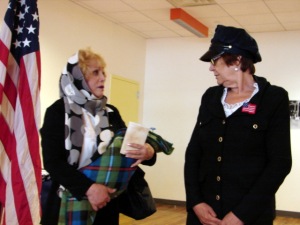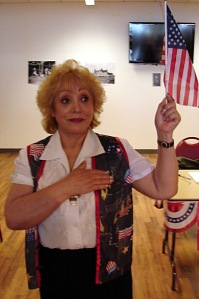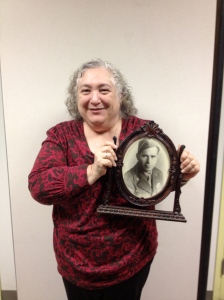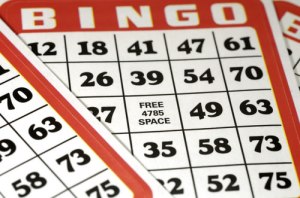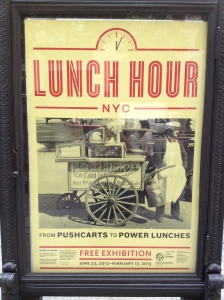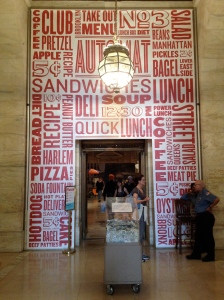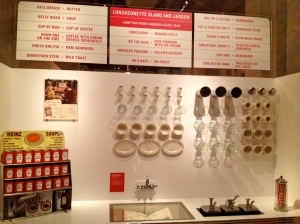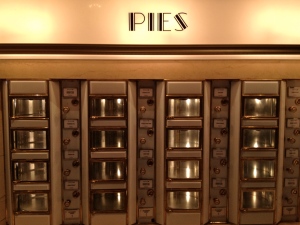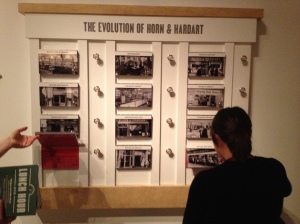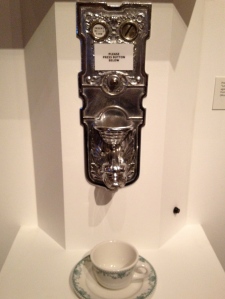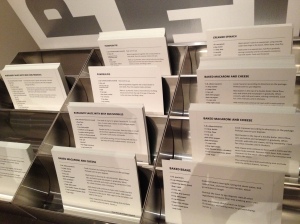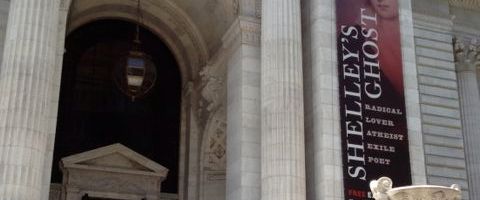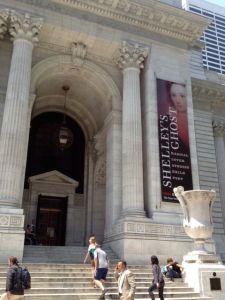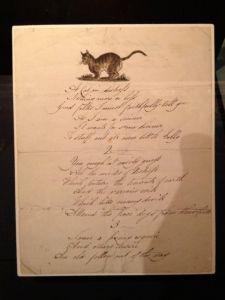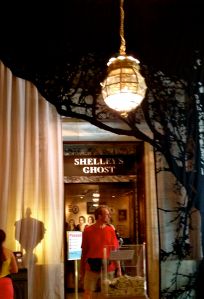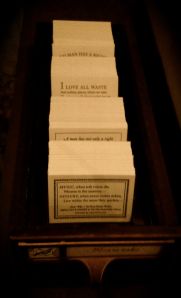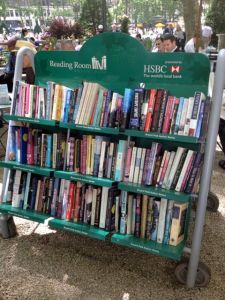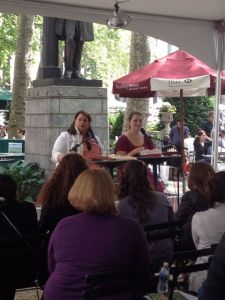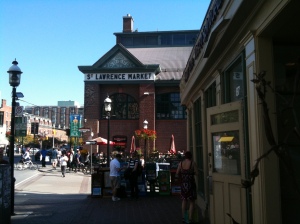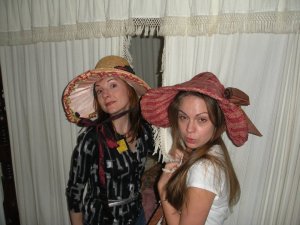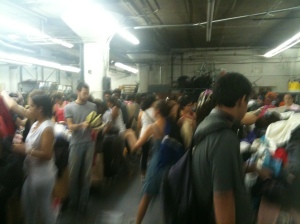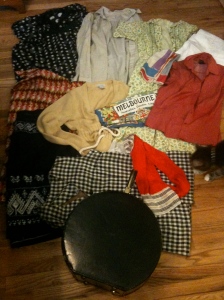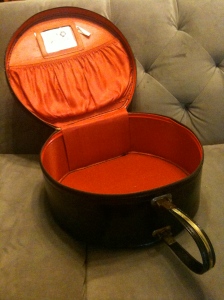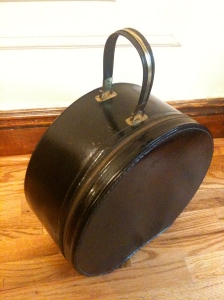After going home to Texas not once but twice this winter, I realized that I come from a place that is so bright and wide open that even on the bleakest winter day, sunglasses are necessary. While I am writing this blog post it is approximately 70 degrees in my hometown. It’s no wonder that every winter in New York I find myself in the doldrums. These past few weeks, I’ve been dragging; I’m exhausted, and feel like my life is going in a really bad direction. It seems like nothing is ever going to look up.
My journal entries from last year paint a similar picture:
1/18/2012
Exhausted all day. Why is work so boring? Came home and watched Battlestar Gallactica (2 episodes); went to bed.
1/22/2012
Couldn’t wake up this morning and can’t seem to get motivated. So tired. Work was sooooo loooonnnggg. Starbuck has decided to leave Gallactica to find earth. Now there is nothing to look forward to.
I’ve realized that its time to make a change. I refuse to be in the dumps for the entire season. Since I am not in a position to move to Texas, Florida, Arizona, California or any other sunshiny place, I’m going to have to use artificial means to lighten up. But how?
My symptoms point to a fairly common ailment known as Seasonal affective disorder, or S.A.D. There are several ways to treat the disorder (therapy and anti-depressants are among them), but most appealing to me is light. Yes, light. That seems to be what I’m missing more than anything. A warm climate would be nice, but I think it’s the darkness that really gets me down.
At any time of year I have a tough time waking up, but something about the winter turns me into a zombie. Last summer, I purchased one of those expensive Philips wake-up lamps on Amazon. Not only was the model I bought weird looking, but the wake-up alarm function was defective. Besides that it wasn’t a special light at all, just an incandescent light bulb encased within a white plastic cylinder with a cheap alarm clock attached. Ugh. No thanks. I returned it and decided it was just too ugly to try and exchange for a fully functioning unit. So that was that. UNTIL I found The Lighten Up! Sunrise Simulator, a product that mimics the effect of the rising sun using an existing lamp, oh and it only costs 19.95.
(photo courtesy of naturalsunrisealarmclock.com)
Here’s how it works. You plug the unit (a small box) into an outlet and then plug a regular lamp into that. Eight hours later the lamp turns on, casting a very slight glow, and for thirty minutes after that it glows brighter and brighter, mimicking a sunrise. I’ve used it for approximately three weeks, and can say that as long as I don’t accidentally (or on purpose) turn it off or pile pillows in front of it, the light works. Now I don’t jump out of bed fresh as a daisy, but I do feel better. Not as shocked, not as prone to hitting the snooze button six times or being lulled back into sleep by NPR.
The second part of my plan is to incorporate a SAD therapy light into my daily routine, so based on Amazon reviews, I purchased a small Omega brand device that emanates a blue glow of 10,000 Lux.
I wish I could say that this light is the ticket; that its made a huge difference during the past few weeks. But it just hasn’t. I purposely chose a small unit, thinking that it would be handy to transport the light between the office and home. But the effect is more spotlight than soothing glow.
There’s nothing cooler than sitting in a cubical with bright blue mood lighting right on your face. What’s really put me over the edge with the Omega is that the kickstand has already broken off of the unit.
I think that’s a little pathetic for an item that’s less than a month old, don’t you? I’m going to find a bigger and higher-quality therapy light or at the very least adjust the settings so that the light isn’t quite so “in your face.”
I may still be cranky and struggling a bit, but at least I’ve found something that helps me to wake up in the morning. That’s better than nothing. In the meantime, I’ve booked a mid-February trip to California. If I can’t bring the sunshine to me, I’m going to have to fly to the sunshine.
